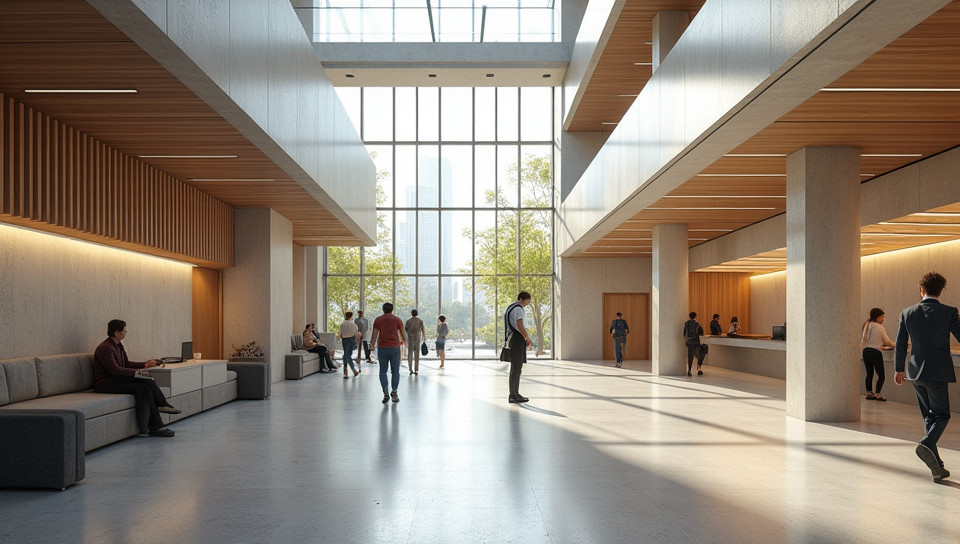Poorly designed spaces hinder access to services 90%

The Hidden Barrier to Services: How Poorly Designed Spaces Impede Access
Imagine walking into a healthcare facility, only to find yourself navigating a maze of corridors and waiting areas that seem designed more for confusion than convenience. Or picture yourself trying to access basic government services, but being met with long lines, cramped spaces, and awkwardly placed forms. These scenarios are all too common, and they point to a critical issue: poorly designed spaces can hinder access to essential services.
The Consequences of Poor Design
When public buildings and facilities are designed without consideration for user experience, the consequences can be far-reaching. For one, it can lead to decreased accessibility for people with disabilities. Inaccessible ramps, narrow doorways, and insufficient signage can create barriers that exclude entire communities from participating in civic life.
- Lack of clear wayfinding
- Insufficient lighting and ventilation
- Poorly designed seating areas
These design flaws can also have a negative impact on mental health and well-being. When spaces feel cramped, confusing, or overwhelming, people are more likely to experience stress and anxiety. This can lead to decreased engagement with services, reduced trust in institutions, and ultimately, poorer outcomes for individuals and communities.
The Importance of Inclusive Design
So what can be done to address these issues? The key lies in incorporating principles of inclusive design into the planning and construction process. This means considering the needs of diverse user groups, from children and seniors to people with disabilities and non-English speakers. By designing spaces that are intuitive, accessible, and welcoming, we can create environments that promote social cohesion, economic mobility, and overall well-being.
A New Paradigm for Service Delivery
As we move forward in our efforts to improve access to services, it's essential to adopt a more nuanced understanding of the relationships between space, experience, and outcomes. By prioritizing user-centered design and inclusive planning, we can create public spaces that are truly responsive to the needs of all users.
Conclusion
Poorly designed spaces may seem like a minor issue on the surface, but they have far-reaching consequences for individuals, communities, and society as a whole. By recognizing the importance of inclusive design and taking steps to address these issues, we can create more accessible, equitable, and effective public services. It's time to rethink our approach to space planning and prioritize the needs of all users – not just those with the most resources or influence. Only by doing so can we build a more just, compassionate, and sustainable future for all.
- Created by: Osman Çetin
- Created at: Jan. 9, 2025, 2:12 p.m.
- ID: 17588





